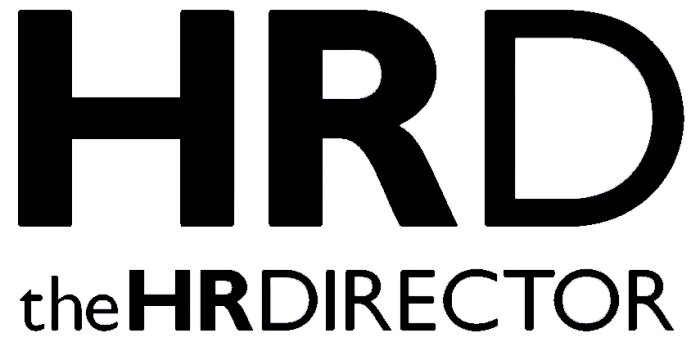When organisations face periods of uncertainty—be it mergers, restructures, leadership transitions, or major shake ups—the internal recruitment decisions they make carry amplified weight. The implications go beyond filling a role. These decisions shape culture, set the tone for change, and influence how teams respond and adapt. In such times, the question arises: is it wiser to back the “steady hand”—someone known, experienced, and predictable? Or is now the time to be bold and aspirational—appointing a future-focused, high-potential leader who may stretch into the role but could shape a new era? Both paths have merit, but choosing between them requires strategic clarity.
Change brings with it both opportunity and uncertainty. When an organisation is in flux, every decision is amplified—and none more so than internal appointments. These choices are observed closely. They set the tone for whether the business is consolidating, transforming, or playing it safe. People watch who is backed, how the process unfolds, and what it signals about what’s valued. A well-timed appointment can lift morale, while a misaligned one can spark disengagement or attrition. Internal recruitment during these moments isn’t just operational—it’s cultural and symbolic.
The “Steady Hand” Appointment
There’s undeniable comfort in choosing someone with deep organisational knowledge and a proven track record. The steady hand offers continuity, reliability, and minimal disruption. These individuals know how things work, already hold internal relationships, and can stabilise a team amid broader shifts. In highly regulated, complex, or sensitive environments, this may be exactly what’s required.
But the steady hand can also come with limitations. They may reinforce the status quo at a time when innovation or reform is needed. Sometimes, familiarity can inadvertently preserve legacy issues. If the organisation is seeking to reposition or accelerate change, this type of appointment may feel safe—but misaligned.
The “Aspirational” Choice
In contrast, aspirational appointments look to the future. These are often individuals with leadership potential, strategic thinking, or new perspectives who may not yet have operated at the next level but demonstrate strong upward trajectory. Appointing them sends a message of growth, ambition, and confidence in internal talent.
Done well, aspirational appointments re-energise teams, promote fresh thinking, and help evolve culture. But they do carry more risk. They may require greater investment in support, mentoring, or onboarding. In times of high pressure or visibility, this learning curve can be a stretch—particularly if the environment is unforgiving.
Key Decision Factors
When deciding between a steady hand and an aspirational candidate, organisations need to consider more than individual merit:
- What is the strategic priority—stability or change?
- Is the team or business unit in need of recovery, growth, or transformation?
- What is the risk tolerance of the broader organisation or leadership?
- Can we afford a stretch appointment—or is deep expertise non-negotiable?
- Do we need a subject matter expert (SME) or a people leader who can inspire, engage, and navigate change?
Often the instinct is to promote the technical expert—but in times of change, leadership capability may outweigh technical depth. The right choice depends on whether the organisation needs someone who knows the work or someone who can lead others through it. What support systems (mentoring, coaching, transitional leadership) can we offer? What will this decision signal to other internal talent about our culture and future?
This is not about choosing one over the other—it’s about aligning the decision to the current and future needs of the organisation and its people.
Timing, Transparency, and Trust
Regardless of the choice, how the appointment is communicated matters deeply. Transparency in process, clarity on decision-making criteria, and early support for the successful candidate are essential. So too is consideration for those not selected. In uncertain times, perceived unfairness or favouritism can fuel disengagement.
Leaders must own the narrative. Whether promoting continuity or signalling a bold new chapter, the message should be purposeful and linked to organisational direction. This is especially true when internal applicants are known to one another—the process must not just be fair, but feel fair.
Aligning Appointments to Intent
In times of change, internal appointments are more than promotions. They’re declarations of what an organisation values, and what it needs next. Whether opting for the steady hand or the aspirational candidate, success lies in alignment—between the role, the moment, and the strategic path ahead.
The best leaders during change often carry both qualities: the calm confidence of experience, and the ambition to push boundaries. Appoint with purpose, support with conviction, and use each internal hire to shape not just a position, but your future.







